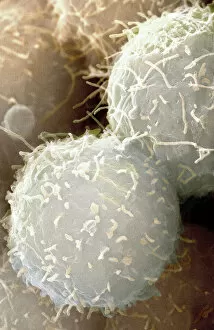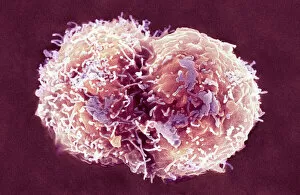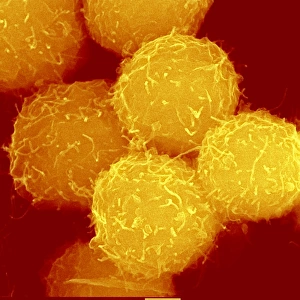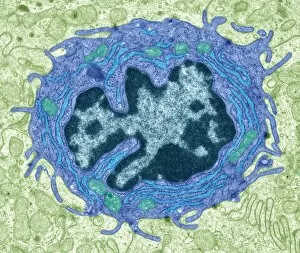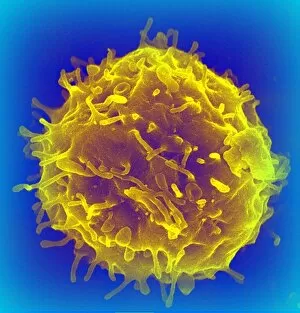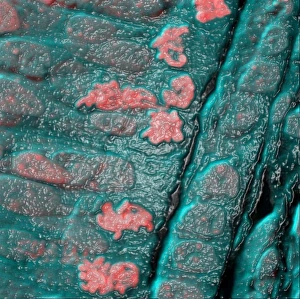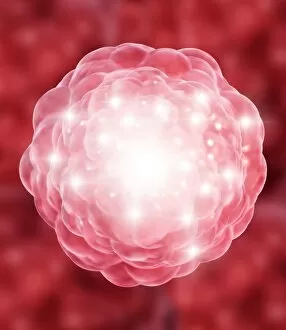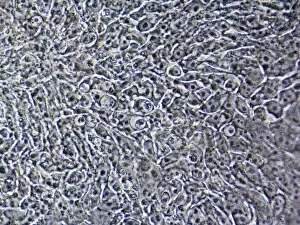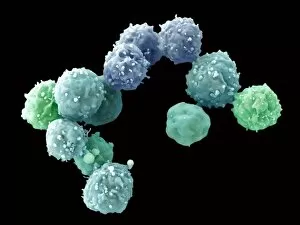Undifferentiated Collection
"Unlocking the Potential: Exploring the World Cells" Embryonic stem cells hold immense potential for medical breakthroughs
All Professionally Made to Order for Quick Shipping
"Unlocking the Potential: Exploring the World Cells" Embryonic stem cells hold immense potential for medical breakthroughs, and this captivating SEM image showcases their intricate structure. Like a needle delicately threading through fabric, these undifferentiated cells possess the ability to develop into any specialized cell type in the body. In another mesmerizing SEM capture, we witness the beauty of stem cells in their undifferentiated state. These tiny powerhouses have the remarkable capacity to regenerate and repair damaged tissues, offering hope for countless patients worldwide. Diving deeper into this fascinating realm, an artwork depicts the versatility of stem cells. With their unique ability to transform into various cell types, they hold promise for treating numerous diseases and conditions. Shifting our focus to haematopoietic stem cells, a stunning SEM image reveals their intricate network. These vital blood-forming cells play a crucial role in replenishing our body's supply of red and white blood cells, ensuring optimal health. Exploring further under the microscope, we encounter intestinal gland cells captured by TEM imaging. The detailed view offers insights into these undifferentiated yet highly functional units responsible for nutrient absorption and maintaining gut health. Delving even deeper into cellular diversity within intestines, another TEM image presents us with a closer look at intestinal gland cells' complex structures. Their undifferentiated nature allows them to adapt as needed while contributing to overall digestive processes. Stepping away from micrographs momentarily but not losing sight of its significance is a light micrograph showcasing bone cancer. Understanding how undifferentiated cells can go awry is essential in developing targeted therapies against such devastating diseases. Returning our attention back to haematopoietic stem cells but presented artistically this time around; an artwork captures their essence beautifully. These unsung heroes tirelessly work behind-the-scenes throughout life—ensuring our immune system functions optimally while providing potential avenues for regenerative medicine research.


